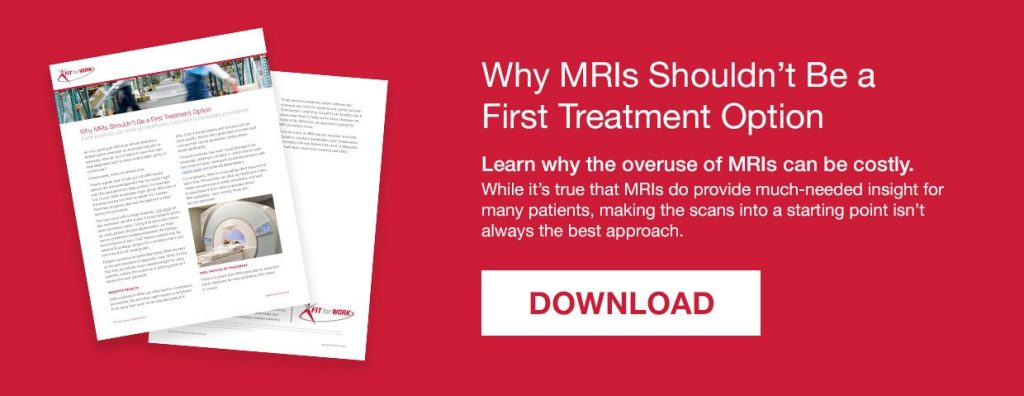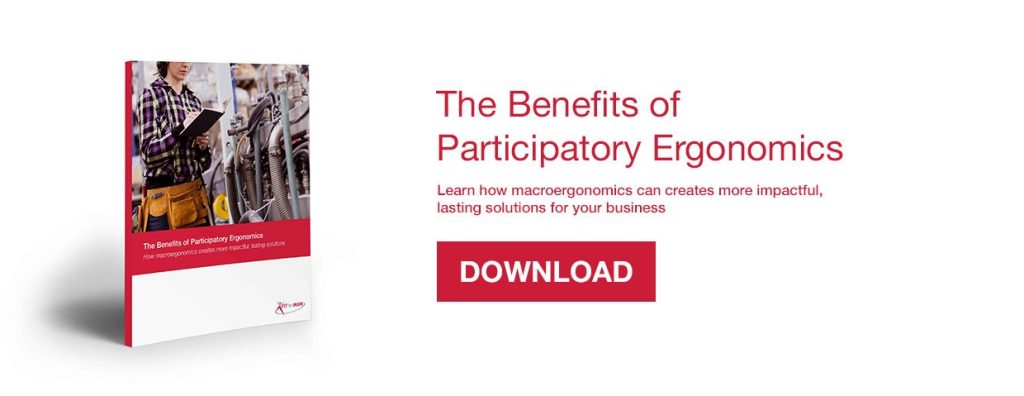When it comes to injury prevention, a great deal of attention goes to ergonomics, repetitive actions, pain control, and other physical factors. While those are all significant, there’s one aspect that tends to get overlooked: mindset. Can someone think his or her way to better health, fewer injuries, and beneficial outcomes? Does perception really play a role in what’s happening at a physical level? The answer to both questions is absolutely. For example, consider a recent study on hotel maids, done by Harvard University psychologist Ellen Langer. She decided to look at whether our perception of how much exercise we’re getting has any effect on how our bodies actually look. She chose maids because they spend the majority of their time engaged in physical activity, and tend to haul heavy equipment around all day. Yet in a survey, 67 percent of the maids she polled said they didn’t exercise regularly. More than a third reported actually claimed to be sedentary, because they didn’t consider their jobs to be the same as “exercising.” Interestingly, when she measured their body fat, BMI, waist-to-hip ratio and other indicators of physical health, these indicators matched the maids’ perceived amount of exercise rather than their actual amount of activity. She then split the maids into two groups—one was told how many calories they were burning through job activities and the other wasn’t. A month later, the informed group saw significant changes in weight, blood pressure, and other health indicators. The message here is that mindset matters, often more than people might believe, and in fact, it can be so powerful that physiological markers can change. For safety managers and supervisors, this should be a wake-up call that what they say is important, because it can change perception toward positive or negative outcomes. What you say can make people feel better or worse, which means that it’s worth doing some training to cultivate better perceptions in your workplace.
How Much Does Mindset Matter?





